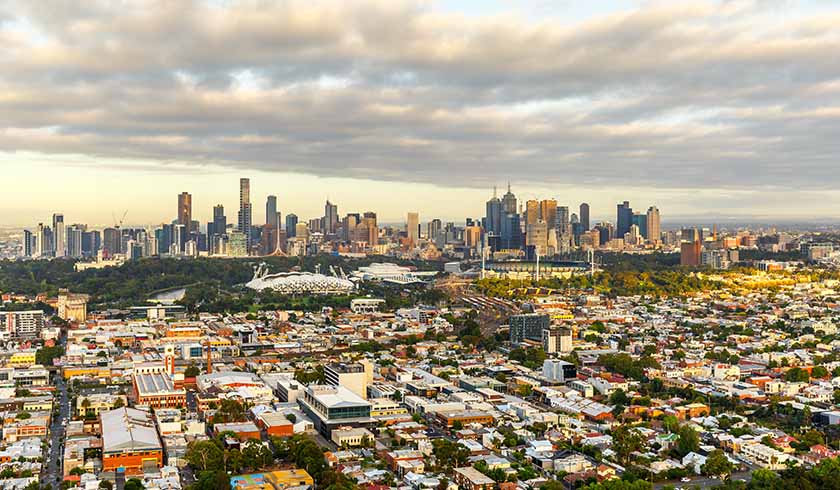Melbourne unit landlords biggest losers amid pandemic
While being a landlord amid the pandemic was no easy feat, it was particularly more difficult for unit landlords in many Melbourne regions, according to a new report.

CoreLogic’s latest Property Pulse has revealed the largest falls in rents between March 2020 and October 2021 across the SA2 sub-regions of the country have all been identified to be located within the Melbourne unit market.
Mr Tim Lawless, the director of research at CoreLogic, Asia-Pacific region, attributed the weakness in Melbourne’s unit sector to the “demand shock” that arose due to stalled overseas migration.
Prior to COVID, Melbourne was attracting the largest number of net overseas migrants, with a large portion of these students and visitors who gravitated towards inner-city rentals.
The weakness in demand, coupled with the recent unit construction boom being largely concentrated within inner-city precincts, such as the Melbourne CBD and surrounding suburbs, have all attributed to the unit market’s rental growth falling behind its detached housing market counterpart, according to the expert.
The report showed that out of the top 20 areas with the biggest declines, 18 were located within the inner Melbourne region. Even the outliers in the list, Caulfield and Clayton, were not from out of state, as both are located in Melbourne’s inner south and south-east, respectively.
The areas with the biggest rental declines during the period were:
|
SA2 Region |
Percentage |
|
Melbourne (Melbourne – Inner) |
-22.4 per cent |
|
Carlton (Melbourne – Inner) |
18.4 per cent |
|
Southbank(Melbourne – Inner)
Loading form...
|
-18.3 per cent |
|
Docklands (Melbourne – Inner) |
- 16.5 per cent |
|
North Melbourne (Melbourne – Inner) |
-13.8 per cent |
|
Flemington (Melbourne – Inner) |
-12.7 per cent |
|
Albert Park (Melbourne – Inner) |
-12.5 per cent |
|
East Melbourne (Melbourne – Inner) |
-12.3 per cent |
|
South Yarra – West (Melbourne – Inner) |
-12.2 per cent |
|
South Melbourne (Melbourne – Inner) |
-11.8 per cent |
|
South Yarra – East (Melbourne – Inner) |
-9.7 per cent |
|
Brunswick (Melbourne – Inner) |
-9.5 per cent |
|
Brunswick East (Melbourne – Inner) |
-9.4 per cent |
|
Parkville (Melbourne – Inner) |
-9.3 per cent |
|
Port Melbourne Industrial (Melbourne – Inner) |
-8.8 per cent |
|
Caulfield – North (Melbourne – Inner South) |
-8.6 per cent |
|
Clayton (Melbourne – South-East) |
-8.5 per cent |
|
St Kilda (Melbourne – Inner) |
-8.4 per cent |
|
Collingwood (Melbourne – Inner) |
-8.2 per cent |
|
Armadale (Melbourne – Inner) |
-8.1 per cent |
But there’s good news for landlords, as rents are now observed to be rising across inner-city unit precincts. CoreLogic reported that even Melbourne inner-city unit rents are 2.4 per cent higher over the quarter ending October and 1.1 per cent higher over the year.
Mr Lawless predicts: “Rental demand for inner-city tenancies is likely to increase further as the CBD’s and inner suburbs become more vibrant as restrictions ease and workers gradually return to work.
“Once international borders open more fully, its likely demand for inner-city unit accommodation will rise more substantially, especially as foreign students and international visitor numbers start to lift.”
However, he noted that timing for a “normalisation” of overseas migration rates continues to be highly uncertain and will depend on government policy and people’s appetite for travelling abroad.
